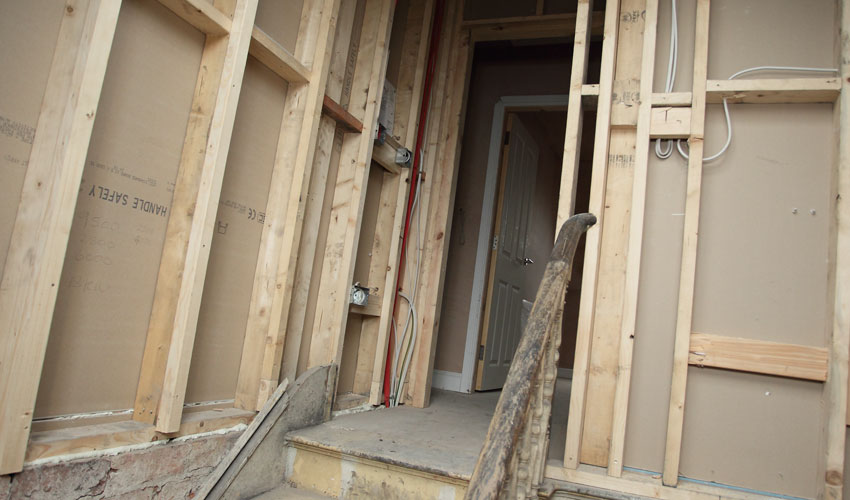
Richard Howarth, Green Party Candidate for Beverley and Holderness, exposes the risk of nuclear and fracking waste disposal in the East Riding.
On the last day of Parliament a change was rushed through to bypass local planning procedures. Future decisions about the location of nuclear waste disposal facilities are to be taken by government ministers.
Richard Howarth asks, “Will East Yorkshire be next?”
“This is a shocking and deeply undemocratic move. In it’s final throes this government has sneaked through changes without publicity or proper debate.”
“This will revive memories of the attempt by NIREX to force a radioactive waste disposal facility on Killingholme, in North East Lincolnshire.”
“It is essential for residents of Hull and the East Riding to ask candidates where they stand on dealing with radioactive waste, and waste from oil and gas wells, especially from fracking.”
Last year, in North Yorkshire, the Environment Agency granted permission for the disposal of 6 million cubic meters of low level radioactive waste by injection into wells.
Rathlin Energy UK Ltd have Radioactive Substances Activity permits for both West Newton and Crawberry Hill.
While government pushed the amendment through, the Labour Party abstained.
Martin Deane (Hull North Candidate) pointed out that,
“Any East Riding nuclear or fracking disposal site is likely to use the road network through Hull. This move means it’s possible the port facilities could be used for importing nuclear waste from the rest of the world – especially now that the only nuclear waste facility, in New Mexico, has been closed for safety reasons.”
The Green Party is long opposed to the nuclear industry because of the risk of accidents but also because safe waste disposal is prohibitively expensive.













“Radioactive Substances Activity Permit” has nothing to do with nuclear or radioactive material (high or low level) from Nuclear Power Starions. All material from Nuclear Power Stations is regulated by the Office for Nuclear Regulation. The Radioactive Substances Activity permit is required because the EU tightened up the classification of waste from mining or drilling. Waste from these activities were formely classified by the Environment Agency as industrial waste. To bring the UK up to the EU benchmark the Environment Agency reclassified mining and drilling waste as “radioactive substances”, not necessarily because the waste is radioactive but because it has the potential to have radioactive elements. These are called NORM (naturally occuring radioactive materials). Deep drilling waste could to contain traces of uranium, thorium and potassium. The levels of expected NORMs are detailed in each permit.
The NORM regulations and procedures were specifically designed by the EA for shale drilling operations. If you see a radioactive substances liscence relating to NORMs on the permit you can bet your bottom dollar that at some point the drilling company will frack the site, since the regulations were designed specifically for that technology, Very basic explanation of this on page 3 of this document
However this article raises an extremely important point. For decades European countries have thousand and thousand of tonnes of mostly high level nuclear waste sitting in what were supposed to be temporary storage facilities. Time is running out on how to find a long term plan to store this material (nuclear waste cannot simply be “disposed of” or in many cases recycled). Many countries are looking at other countries to see if they have a plan and are willing to store their material for them, The question of “can nuclear waste be stored in old fracking boreholes?” is being asked at this moment amongst Governments and the nuclear community. It is looking increasingly likely that the politicians may go for this option.
The schematic layout of a “borehole disposal facility” in this IAEA document of 2009 (Chapter 2 page 6) looks suspiciously like an old frack site.
<q cite="http://www-pub.iaea.org/MTCD/Publications/PDF/Pub1418_web.pdf"
Actually Matts,
Here’s the truth. From gov. uk
PAGE 12
3.1. “A radioactive substances activity is carried out where an operator keeps or uses radioactive materials or receives, accumulates and disposes of radioactive waste.”
Please note: RECEIVES
https://www.gov.uk/government/uploads/system/uploads/attachment_data/file/69503/pb13632-ep-guidance-rsr-110909.pdf